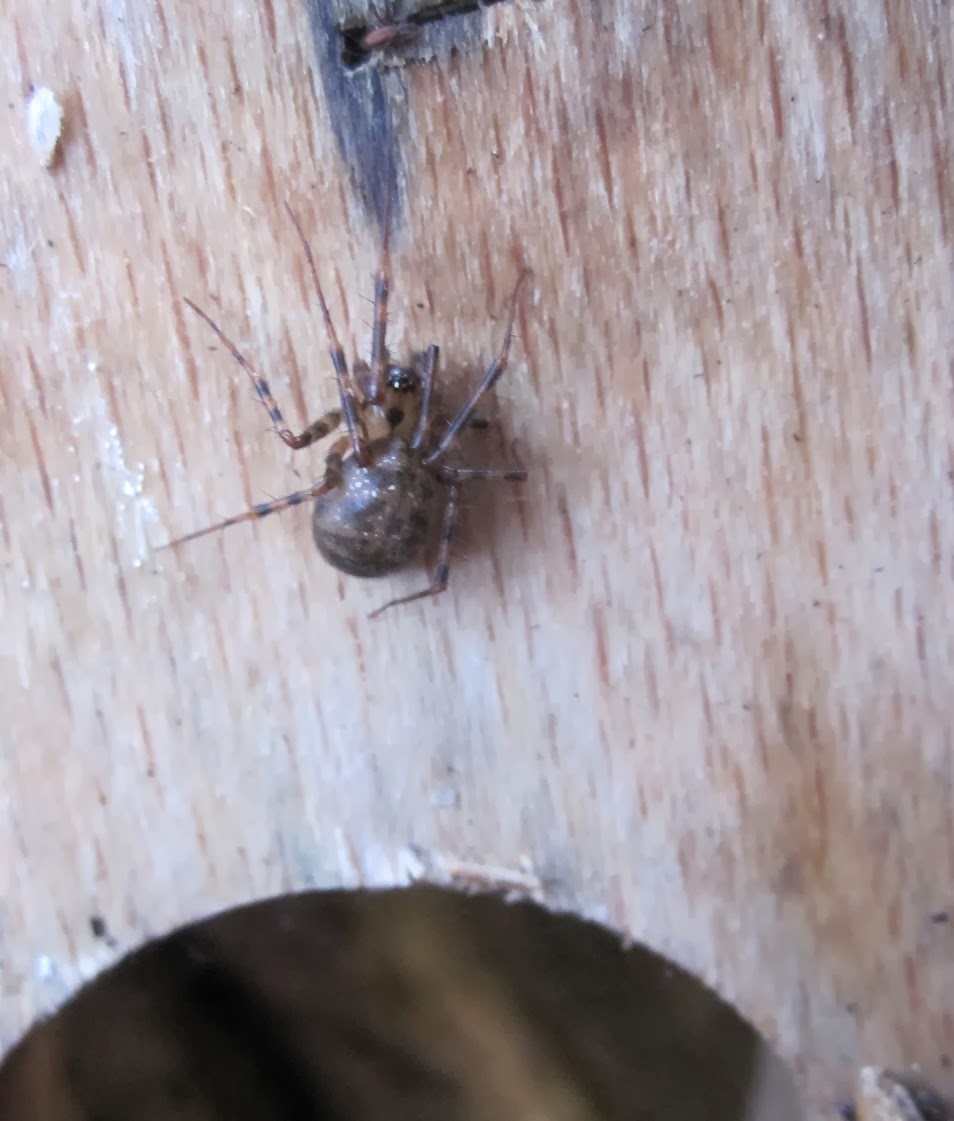JS Agriculture carrying out birch thinning in Horleyland Wood, Land East of the Railway Line
Things have been relentlessly damp here as that niggling hole in my hiking boots can attest to. The mud and standing water makes accessing sites with heavy duty equipment much harder work.
Coppicing on the south bank at Pond 3, Land East of the Railway Line
Somewhere here, the pond stops and the path begins
JSA with Gatwick Greenspace, coppicing and habitat piling on the grassy slope, North West Zone
Creating bare earth patches on the grassy slope, North West Zone. Areas like this can be beneficial to certain invertebrate groups such as burrowing bees and carabid beetles
A rare frosty day in January 2014. Wet scrubland west of Brockley Wood
I have continued with the odd wildlife survey and as the season progresses, our visiting thrushes seem to have changed their activity. They have been spending more time foraging at ground level while they search in the leaf litter. I am still seeing high numbers of Redwing, but much fewer Fieldfare then last month. The winter RiverSearch surveys have have been challenging, as the river features I am supposed to be mapping are mostly under the muddy water.
River Mole at Povey Cross. Today it was in-channel and mostly behaving
George turfing the old nesting material out of the dormouse boxes
Yellow-necked Mouse (Apodemus flavicollis),
reluctantly waiting for us to finish the cleaning so she can move back in.
Making good use of our nesting boxes over winter, is the local spider community. I found around 6 different species on this day...
Your friendly neighbourhood Walnut Orb-weaver (Nuctenea umbratica),
trying its best to look inconspicuous
Labulla thoracica, which belongs to the same family as the Money Spiders (Linyphiidae)
A small False Widow (Steatoda nobilis). And no, it did not go straight for my jugular
Thanks a bunch to Katie, George and my mum Sue for helping me out on these most recent surveys.
I am amassing a collection of invertebrate pictures as I sort through the malaise trap invertebrate samples. One of the coolest things I've found so far is this awesome Sawfly: I think the genus is Cladius. It's feathered antennae look like massive antlers... I'll have to dedicate a separate post at some point to my desktop invertebrate finds.
Underside of a Sawfly (x10 magnification)
I am still catching up on my species data entry for the past year. The final American Signal Crayfish count was 482, fished out of a 200m stretch of the River Mole. It will be interesting to see how many I get out of the same stretch next summer.
This was a single haul of the invasive crayfish species Pacifastacus leniusculus,
at the peak of summer 2013
at the peak of summer 2013


















.jpg)

.jpg)










